CLEAN EATING #23 – Raw Asian Pantry (PART 1) @ Singapore
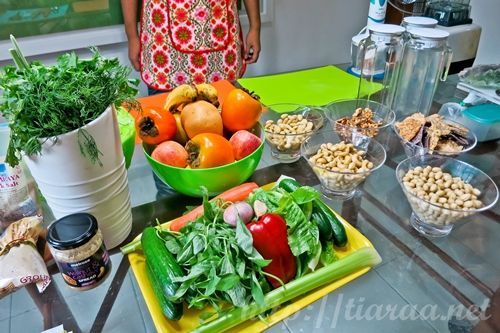
I know I have been posting lots of entries about all the good and delicious food but I am still incorporating healthy food in my life. I eat overnight oats for breakfast on a daily basis and I often bring lunch consisting of quinoa and a colourful plate of cooked vegetables to work. I try my best to snack on fruits too. But of course, we can always improvise on our daily meals. So I have signed up for three of Vivienne’s Asian Raw Pantry classes and two of Nutrihub’s Healthy Asian Cooking Classes. Since what I learnt from yesterday’s class is still fresh in my brain, I decided to write 1 delicious raw meal that we did yesterday.
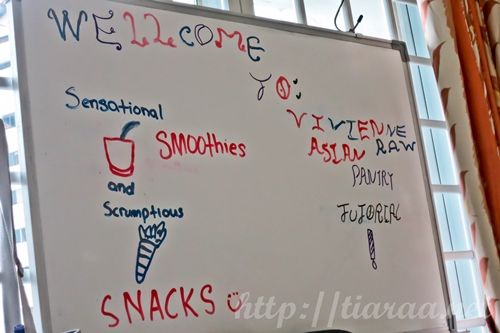

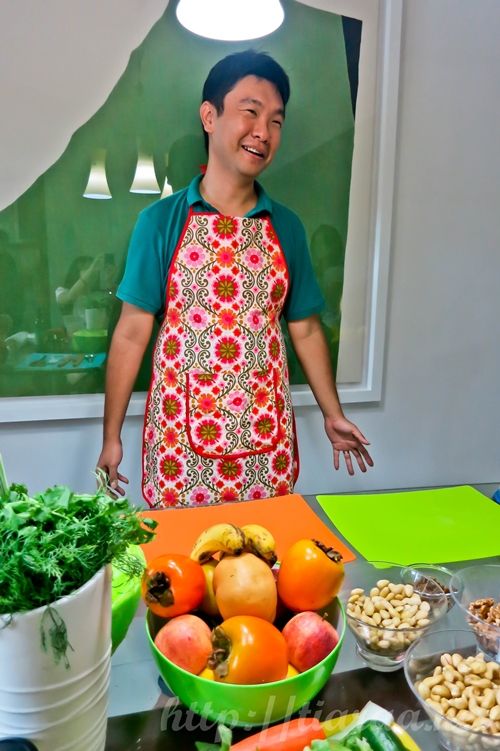

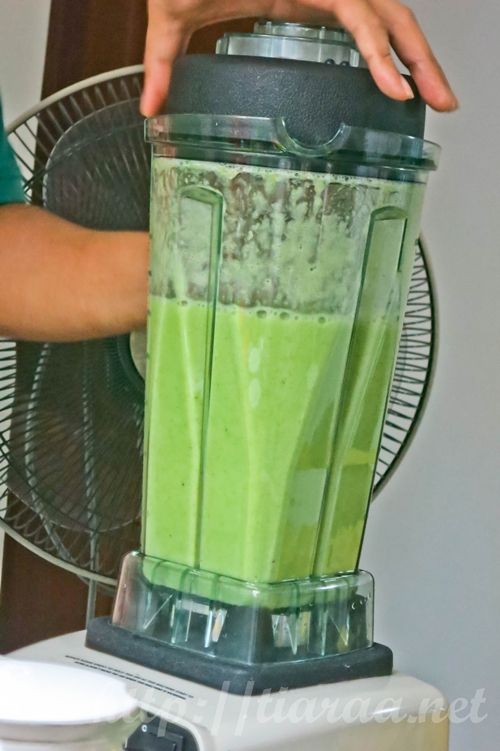
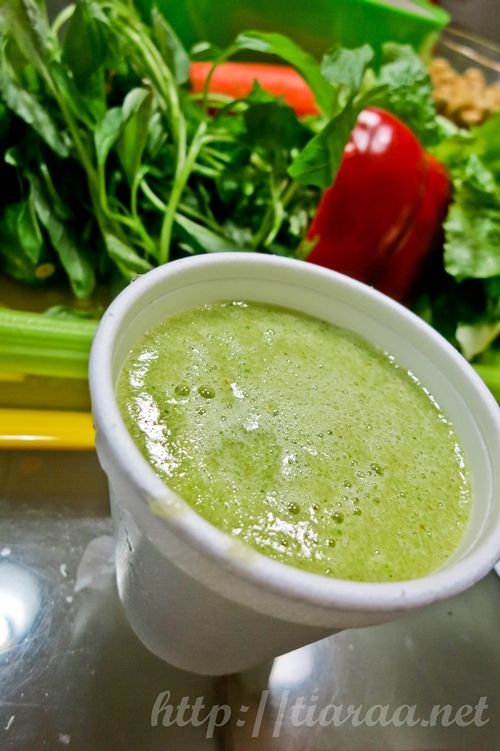
I went to two of Vivienne’s classes located at River Valley Point in May and July and I really learnt a lot from her classes! I am always enthusiastic to sign up for every class she does. Although yesterday’s class was located at her home at Jurong, I signed up regardless! This happens only if you have passion and love in doing it! There were only 3-4 people in yesterday’s class since the timing was a little off, 2-4pm. Thankfully, I worked NZ hours and managed to end work at 1pm. Vivienne was not only teaching but she brought her assistant, CJ to teach as well! Her adorable little kids helped out to cut the vegetables and fill the veges with tape too! How cool is it getting everyone involved! It was an interactive and intimate session since there were only a few of us and we could ask questions freely without being judged. I got to know the other three ladies who attended the session as well!
So for the first lesson of the day, we got to learn to blend the Super Green Smoothies! Vivienne taught us that if we were to consume a set meal, it would be best to start from the lightest. An example of it would be your veggies or fruits, which is the easiest to digest. Thus, it is best not to mix juice/raw food with cooked food. This is because raw food requires minimal/no digestive enzymes while cooked food needs it. It will take roughly 20 minutes to empty the veges/fruits from your stomach so you can introduce meat or nuts at a later phase. This explains why we are always served appetizer prior to our main course.
Vivienne explained that for raw food diet, the source of water is extremely important. It has to be clean and filtered. There is a variety of filtered water that you can use. Linsmoodees usually use kangen water for their juices while my aunt uses Amway filtered water. Vivienne uses Diamond Water at her home. The difference between Kangen Water and Diamond Water is that kangen water is clean and filtered alkaline water while diamond water is not but both are extremely clean water. Diamond water undergoes 6 different filters before it’s output stage.
Before we move on to more details of a raw healthy smoothie, here is the recipe for this Super Green Smoothie that CJ taught us:
- 1-2 red apples, peeled, cored and chunked
- 1 Korean pear, peeled, cored and chunked
- 1 persimmon, deseeded and chunked
- 1-2 Thai finger bananas
- Dates (optional)
- 1 handful of greens
- 1-2 cups of fresh coconut water / plain water
When blending fruit/vege smoothies, it is important that the fruits are cut just before you juice it. This is to conserve as much nutrients as possible. If there are any black spots on the fruits, do remove it as it is carcinogenic. Raw vegetable juice requires the vegetables to either be organic or triple wash for cleanliness and to prevent consuming the fertilizers along with your greens. It is also essential to place the dense fruit at the bottom of the blender so that the blade can cut it. The water-rich fruits can be in the middle and you can top the blender with vegetables last so as to see the proportion needed for it. For beginners, it will be best to add light leafy vegetables such as lettuce, cabbage and nai bai with the roots cut off. This is because it has a less bitter and more neutral taste. However, since CJ is a more advanced smoothie drinker, he added the Chinese baby spinach instead.
There are reasons why certain fruits are added to a smoothie. For instance, apples are added for the juicing factor and to add sweetness as well. Thai bananas are used as a natural sweetener and binder. The skin of persimmon also adds sweetness to the drink. For coconut water, it is best to obtain the huge green natural coconut from Malaysia instead of the hybridized Thai coconut. I only realized yesterday that Thai coconut is sweet because it is hybridized to be sweet! What an interesting awakening! I always thought it is healthy drinking the Thai coconut water but it creates a surge in your sugar level. Actually, many juices causes that so it is always best to chew your juice instead of gulping them down.
You can interchange any of the base dense fruits to durian, avocado, starfruit, chiku or any other base dense fruits. As you can see, many of the fruits we chose are considered local. Only the persimmon is seasonal. Thankfully, it is in season right now so we could have a mouthwatering green smoothie! If you are desperate to make a juice but have limited resources, just remember the basics – all you need is apple, vegetables and water. With that said, I shall end the first part of my third raw pantry class.

